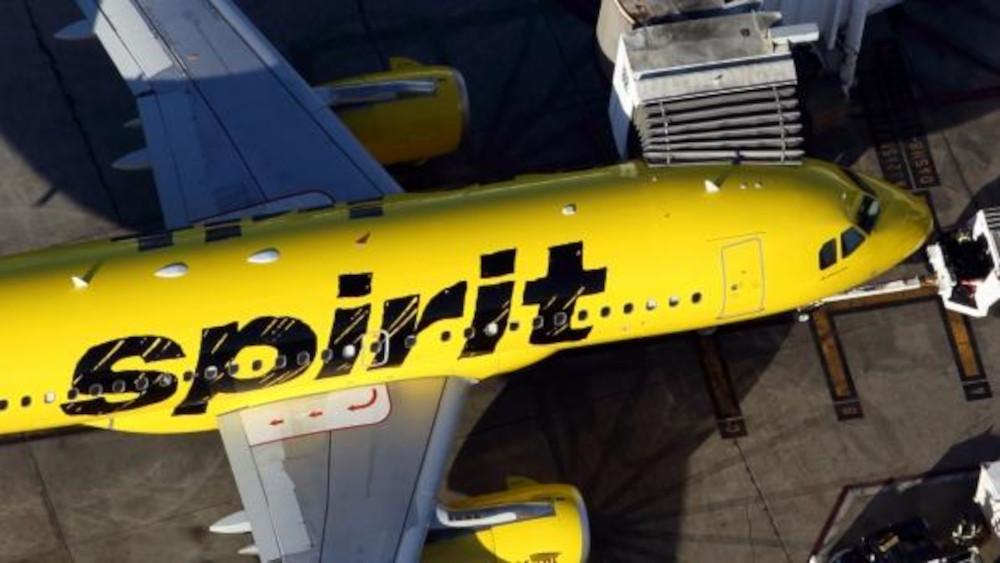
When JetBlue pitched last week’s surprise $3.6 billion bid for rival low-cost carrier Spirit Airlines, it did not mention maintenance as part of the $600-700 million of annual synergies targeted by a merger.
Yet the two airlines’ reliance on Airbus A320-family aircraft and overlapping route networks clearly offer potential for aftermarket savings.
Scale-driven purchasing power for spare parts and third-party services is one reason; another is that Spirit’s younger fleet would drive down unit costs.
In 2021 JetBlue’s maintenance cost per available seat mile was roughly 1.2 cents, versus roughly 0.4 cents for Spirit. In 2019, before the pandemic, Spirit paid roughly one cent per mile, while Spirit paid 0.34 cents. For reference, that year the biggest US low-cost carrier, Southwest Airlines, paid 0.78 cents.
Such comparisons can be somewhat misleading given the different timing of maintenance events and aircraft disposals, as JetBlue chief executive Robin Hayes was keen to point out in a January earnings call.
“When we look at the A220 fleet renewal, when we look at the [Embraer] 192s retiring, as we kind of peak through some of the V2500 shop visits on the engines, which should drive a lot of maintenance cost, we have a very strong cost trajectory over multiyear,” he said.
Nonetheless, the large gap between the two airlines clearly shows the impact of Spirit’s younger fleet, which has an average age of around seven years compared with JetBlue’s 12.
From a maintenance standpoint, the merger would also make sense given that JetBlue has a 100,000 ft.2 hangar in Orlando, Florida—Spirit’s home state.
Spirit’s largest maintenance facility is in Detroit, while JetBlue’s main facility is a 140,000 ft.2 site at New York JFK.





